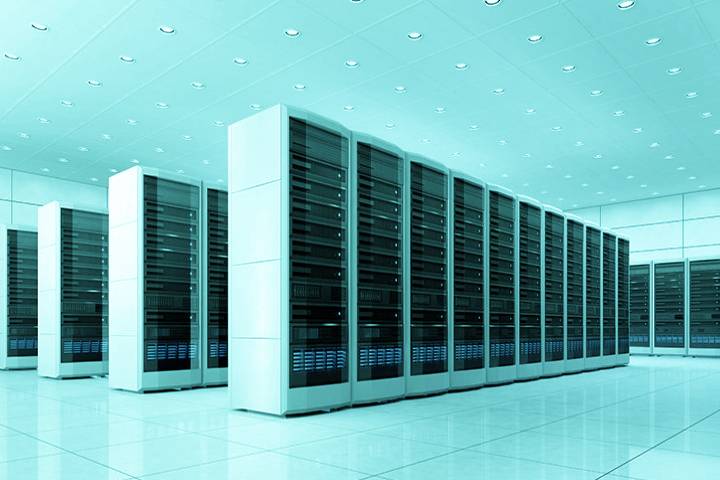After five decades, mainframes remain vital to the corporate data center. Despite the huge advancements in technology, the mainframe isn’t going anywhere.
Read on to learn more about why large organizations continue using them.
Table of Contents
What Mainframes Are For
The devices are high-end computers. Hundreds and even thousands of users can work on the device simultaneously. They’re used for business data processing, credit card transactions, and air traffic control systems.
Whenever you use an ATM, you access a mainframe. Most businesses use them to process crucial functions on web browsers.
They are still large scale in a world where everything’s gone miniature. They can be expensive to maintain but your larger corporations couldn’t exist without them.
The machine owes its longevity and popularity to its stability and reliability. That’s the result of steady advances made since the very first device, the System/360™ in the 1960s.
Unparalleled Functionality
The device has design strengths that make them invaluable to mission-critical applications. Organizations are applying them to financial transactions, customer orders, inventory and production controls, payroll, and many other reasons.
Today’s busiest websites typically store production databases on a host. The latest solutions are capable of managing massive numbers of applications and users.
There’s simultaneous and rapid access to data without processes tripping over each other. This computer offers a critical level of scalability and reliability, creating secure and efficient operations.
Benefits
Large organizations appreciate their mainframes for all the following reasons.
- They perform large-scale processing of transactions, often thousands per second.
- Concurrently accessing resources, these devices support thousands of users and programs.
- They manage terabytes of database information.
- The solutions are capable of large-bandwidth communication.
The devices are also the superhighway to many roads of information.
Serviceability, Reliability, and Availability
Important factors in data processing are reliability, serviceability, and availability. The engineering prioritizes effective systems running constantly.
Security
Accounting data, customer lists, employee information, etc., are a company’s most valuable assets. They are exceptional resources for managing critical data. They extensively share and protect data across multiple uses.
Scalability
Growth in infrastructure is what every organization wants. But they hope to increase their stance with the ability to seamlessly add capacity without a disturbance in operations. And it’s hopefully done with excessive overhead.
Compatibility
Companies have a great investment to safeguard their investment in data and applications. The mainframe’s capability to manage older applications and ones at the same time streamlines function. Working in the system or working with other programs and devices only maximize the solution as an asset.
Traditional Mainframes
The traditional device is still doing the same jobs they have since the 1960s. Almost two-thirds of Fortune 100 companies use mainframes. Mainframes play a significant role at American Emirates Airlines, Nike, Ford Motors, and Bank of America.
The resource is still expensive, bulky, and needs specialized talent to keep it going. But its ROI means it’s a long way from getting replaced by smartwatches or computers. Even with the ever-expanding cloud, no one’s considering getting rid of their mainframes.
Also Read: 4 Ways The Pandemic Has Changed Digital Advertising

